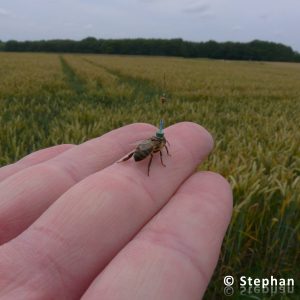Despite numerous hours spent outside each week between work and trail running, my feet start itching for adventure whenever Friday rolls around. Good ol’ wanderlust! Oh the amazing places it has led me: Yosemite, the original Jelly Belly factory, Lake Tahoe, San Francisco, and Hardly Strictly Bluegrass– just to name a few.
Most recently I left the dry, brown central Sacramento valley behind for the greener pastures of Point Reyes National Seashore. A weekend at the ocean seemed the perfect way to celebrate President’s Day weekend. My trusty Ford Taurus and I hit the road loaded down with adventure essentials: camera, mix cd’s, sleeping bag, and my favorite drive time snack- Pirate’s Booty!!

Planning ahead isn’t one of my strong suits, and this trip was no exception–I headed to the coast with little more prepared than mapquest directions. Fortunately I was far from disappointed by all that Pt. Reyes has to offer. Picturesque beaches miles long, rolling green hills with windy roads, and grand vistas welcomed me to the Pacific. I even had pleasure of sitting through an amusing “cow crossing” traffic jam.

As I climbed down 30 long flights of stairs to visit the famous Pt. Reyes lighthouse I couldn’t help but gawk at the gorgeous view—what a foreign site for a formerly landlocked Ohioan. During my visit to the elephant seal-covered beaches I felt like a kid at Christmas—so overcome with pure excitement all I could do was smile 🙂 It was unlike anything I’d ever seen (or heard) before; giant slug-like creatures lolling about and then suddenly crashing at one another in a fight. Amusing until I remembered the video I’d seen of an alpha male attacking a car! LINK


I spent my nights at Sky Camp, one of the park’s hike-in only campgrounds complete with a sweeping panoramic view of Point Reyes, Drakes Bay, and the Pacific Ocean—all without ever leaving my tent. Talk about camping in style!
A short but sweet interlude between dry chaparral days and poignant reminder that spring is just around the corner– even for those of us in the central valley.
Over and out.
Sophia Weinmann, El Dorado Hills, CA




















